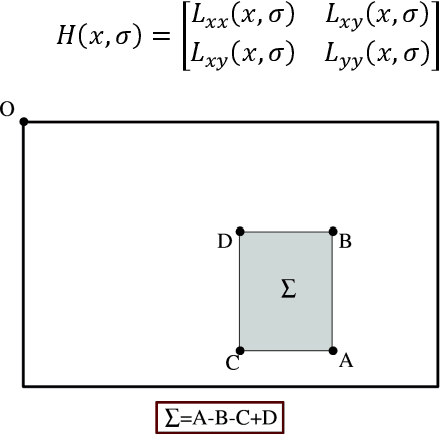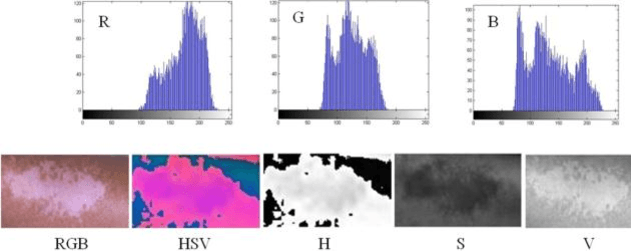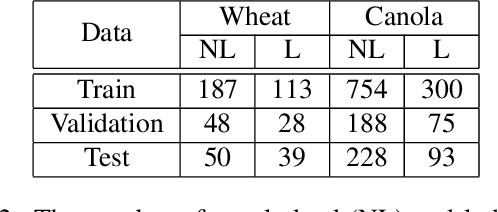Sara Mardanisamani
A New Approach for Automatic Segmentation and Evaluation of Pigmentation Lesion by using Active Contour Model and Speeded Up Robust Features
Jan 18, 2021



Abstract:Digital image processing techniques have wide applications in different scientific fields including the medicine. By use of image processing algorithms, physicians have been more successful in diagnosis of different diseases and have achieved much better treatment results. In this paper, we propose an automatic method for segmenting the skin lesions and extracting features that are associated to them. At this aim, a combination of Speeded-Up Robust Features (SURF) and Active Contour Model (ACM), is used. In the suggested method, at first region of skin lesion is segmented from the whole skin image, and then some features like the mean, variance, RGB and HSV parameters are extracted from the segmented region. Comparing the segmentation results, by use of Otsu thresholding, our proposed method, shows the superiority of our procedure over the Otsu theresholding method. Segmentation of the skin lesion by the proposed method and Otsu thresholding compared the results with physician's manual method. The proposed method for skin lesion segmentation, which is a combination of SURF and ACM, gives the best result. For empirical evaluation of our method, we have applied it on twenty different skin lesion images. Obtained results confirm the high performance, speed and accuracy of our method.
Crop Lodging Prediction from UAV-Acquired Images of Wheat and Canola using a DCNN Augmented with Handcrafted Texture Features
Jun 18, 2019



Abstract:Lodging, the permanent bending over of food crops, leads to poor plant growth and development. Consequently, lodging results in reduced crop quality, lowers crop yield, and makes harvesting difficult. Plant breeders routinely evaluate several thousand breeding lines, and therefore, automatic lodging detection and prediction is of great value aid in selection. In this paper, we propose a deep convolutional neural network (DCNN) architecture for lodging classification using five spectral channel orthomosaic images from canola and wheat breeding trials. Also, using transfer learning, we trained 10 lodging detection models using well-established deep convolutional neural network architectures. Our proposed model outperforms the state-of-the-art lodging detection methods in the literature that use only handcrafted features. In comparison to 10 DCNN lodging detection models, our proposed model achieves comparable results while having a substantially lower number of parameters. This makes the proposed model suitable for applications such as real-time classification using inexpensive hardware for high-throughput phenotyping pipelines. The GitHub repository at https://github.com/FarhadMaleki/LodgedNet contains code and models.
 Add to Chrome
Add to Chrome Add to Firefox
Add to Firefox Add to Edge
Add to Edge